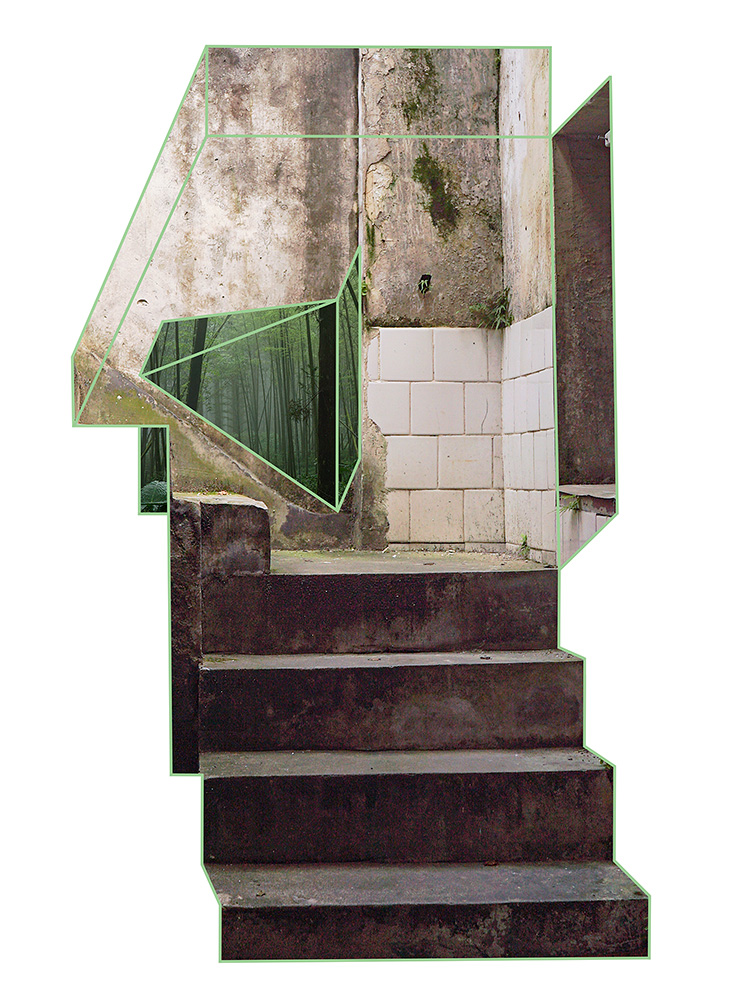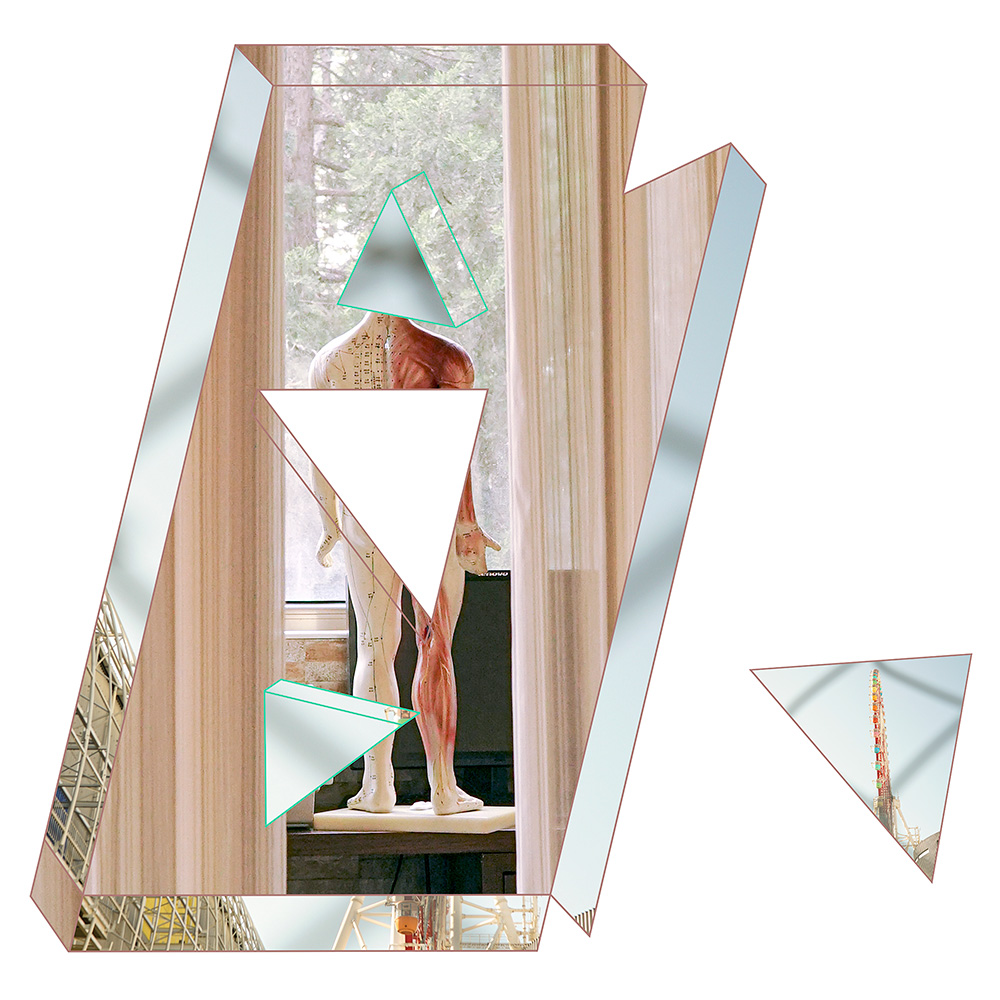blog
Interview with photographer Xuemeng Zhang

Other Rooms – G25
F-Stop Magazine: The current issue of F-Stop Magazine includes images from your project “Other Rooms,” can you tell us about this project?
Xuemeng Zhang: This project developed as I noticed our digital presence becoming equally important to our physical presence during the pandemic, with the rapid development of digital tools. The shift from the physical world to virtual space made me wonder how living in such a space affects us mentally. The much discussed shift to a restricted life indoors provoked questions about perception and emotion that often motivate my work. Does living in a virtual space help us to more objectively view an issue based on multiple “realities” from various sources? Or does it narrow our perspective because we choose what to see? How do people perceive, process, and digest stressful, negative information and emotions in isolation? Those were the questions I had in mind when I started this project.
The making of this project was a process of constructing geometrically shaped images that render architectures of the mind. While acknowledging mental spaces’ unstable and chaotic nature, I categorize and reconstruct these spaces with harmonious visual language. I sometimes refer to works in the project as containers, in which emotions, concerns, perceptions, and fantasies coexist.
F-Stop: What is your process for making these images or your creative process more generally?
XZ: How I start a project is similar to how one would start a psychological experiment. I begin by asking questions that I’m curious about and finding ways to explore the questions. Making the works in this project involves the selection, displacement, and reconstruction of photographs. The production of each piece starts with selecting photos from my own photo albums. The choice of images depends on what type of space I want to build and what emotions I want to convey. Relations develop between two or more seemingly contrasting images, and the collision of those images creates a third space. In most cases, I develop the shape outline of the work based on the characteristics of lines and shapes that already exist in the images. Removing the familiar, rectangular boundaries of photographs motivates us to imagine places beyond the borders, whether or not the sites physically exist or are products of imagination.

Other Rooms – P39
F-Stop: Do you have a favorite image in this series? If so, which one and why is it the image that speaks to you most?
XZ: P39 (2021) is a piece I made in the early phase of the project. It helped me realize that I needed a protagonist in these imaginary landscapes and a signifier that helps to suggest multiple levels of perception by inviting viewers to see the protagonist’s perspectives and become co-protagonists in works with no clear subject.
P39 consists of two parts. The displaced piece of the image is seen by us but not the subject. The acupuncture model appears as the subject of work a few times in the project as a stray figure trapped in a built world, wandering to find a lost oasis.
F-Stop: What do you hope people experience or feel when they look at your photographs?
XZ: This project is my endeavor to build spaces that do not yet exist physically, which acknowledge feelings of uneasiness and envisage how we live in this built world. Through visualizing reconstructed mental spaces, I invite viewers to consider how they would restructure their own.
I can’t predict how people would feel when they see my work. But not to dodge the question–my projects seek to give the viewer independence, agency, and variety in the feelings and thoughts they experience in response to my work.
F-Stop: Why do you photograph? What motivates you to make the images you create?
XZ: I photograph because I’m curious about how ephemeral things revive in a flat, two-dimensional space. One of my creative motivations is to explore the connection between the eye and the mind. I like to navigate the intersection of perceived reality and built space.

Other Rooms – OB25
F-Stop: What photographers or other artists inspire you?
XZ: Bosch’s The Garden of Earthly Delights is a timeless piece of art that I revisit every once in a while. My interest in the connection between human minds and visual imagery also drew me to surrealist artists such as René Magritte and Salvador Dalí. The sense of playfulness and uncanniness in their work has influenced my artistic vision. More contemporary influences on my thinking and work are artists such as Sarah Charlesworth, Fischli & Weiss, Charles Traub, Oliver Laric, and Johnston Marklee. I might need to open an excel sheet to list all the artists, photographers, writers, and architects that have or always inspire me.
F-Stop: Are you working on any other projects currently?
XZ: I’m currently working on the MFA Photography, Video, and Related Media’s 2022 thesis exhibition, which will open on June 24th at SVA Chelsea Gallery in New York. Other Rooms is an ongoing project that I will keep building. I’m also looking to collaborate with artists who share similar interests or concerns.
To see more of Xuemeng Zhang’s work check out the Open Theme 2022 issue of F-Stop or visit: www.xuemengzhang.com
Location: Online Type: Featured Photographer, Interview
Events by Location
Post Categories
Tags
- Abstract
- Alternative process
- Architecture
- Artist Talk
- artistic residency
- Biennial
- Black and White
- Book Fair
- Car culture
- Charity
- Childhood
- Children
- Cities
- Collaboration
- Community
- Cyanotype
- Documentary
- Environment
- Event
- Exhibition
- Faith
- Family
- Fashion
- Festival
- Film Review
- Food
- Friendship
- FStop20th
- Gender
- Gun Culture
- Habitat
- Hom
- home
- journal
- Landscapes
- Lecture
- Love
- Masculinity
- Mental Health
- Migration
- Museums
- Music
- Nature
- Night
- nuclear
- p
- photographic residency
- Photomontage
- Plants
- Podcast
- Portraits
- Prairies
- Religion
- River
- Still Life
- Street Photography
- Tourism
- UFO
- Water
- Zine

Leave a Reply